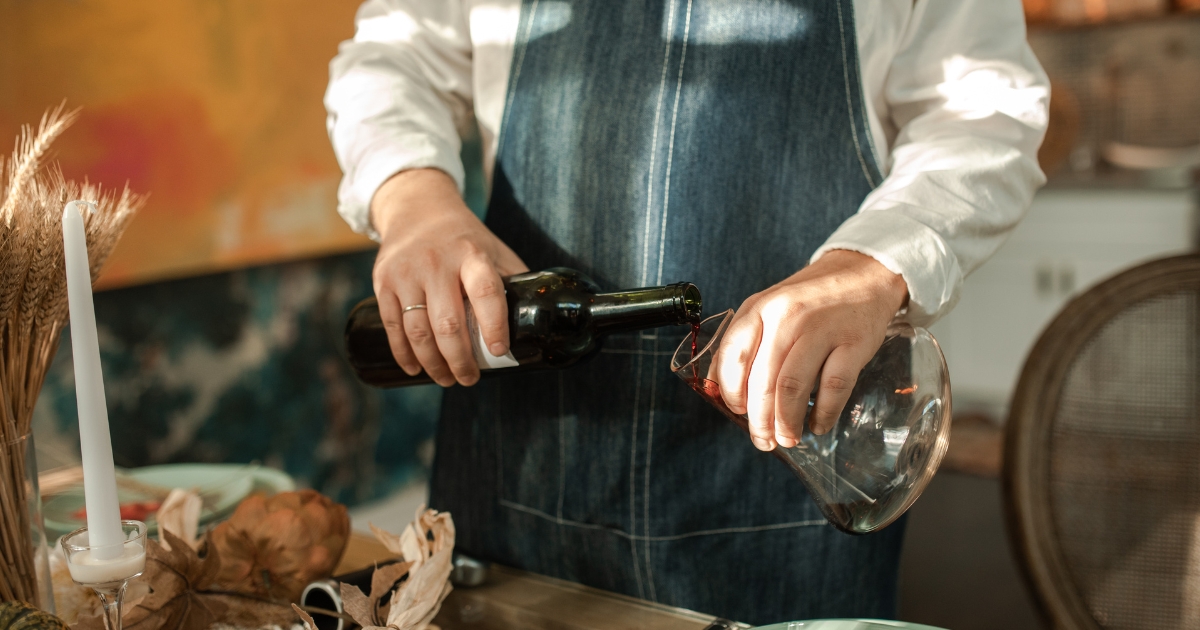
6 original gifts for wine lovers that are sure to impress
Finding the right gift for someone who enjoys wine may seem simple if we think only of a good bottle. However, true enthusiasts appreciate the

Finding the right gift for someone who enjoys wine may seem simple if we think only of a good bottle. However, true enthusiasts appreciate the
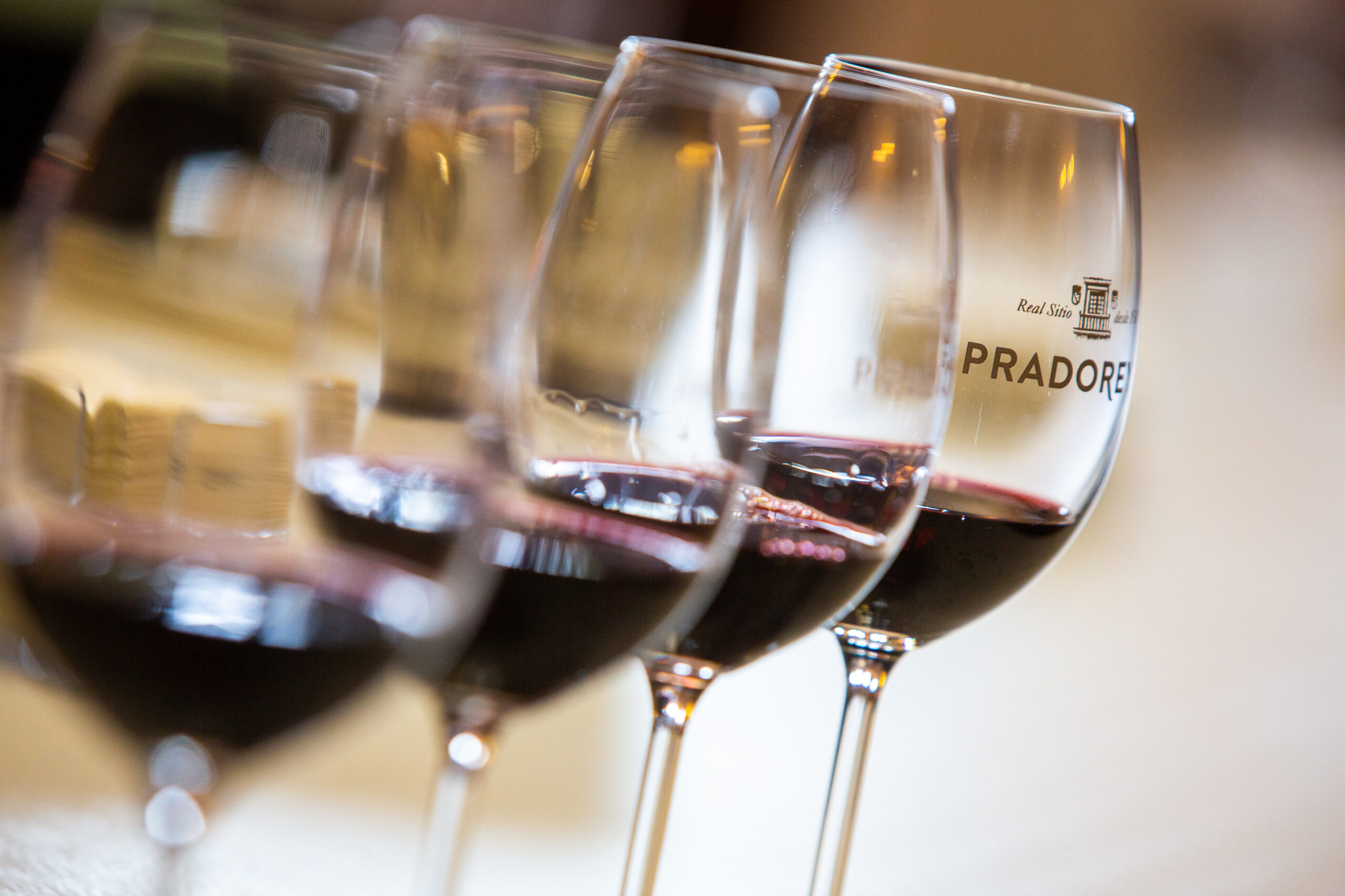
The concept of signature wines has become popular in recent years, although its essence—the idea that a wine can be a winemaker’s personal interpretation—has much
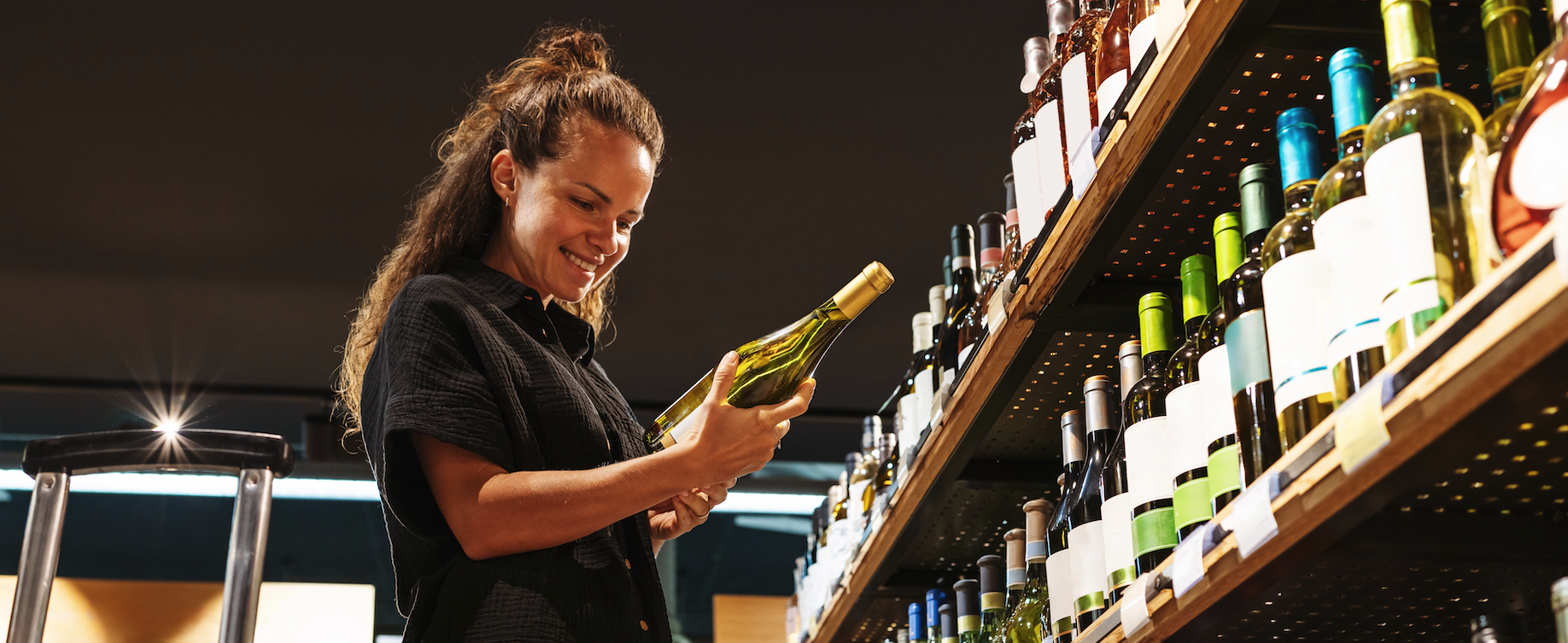
Wine has its own language, where Spanish, French and English terms coexist. Sometimes they sound technical, but they all describe something very specific and help
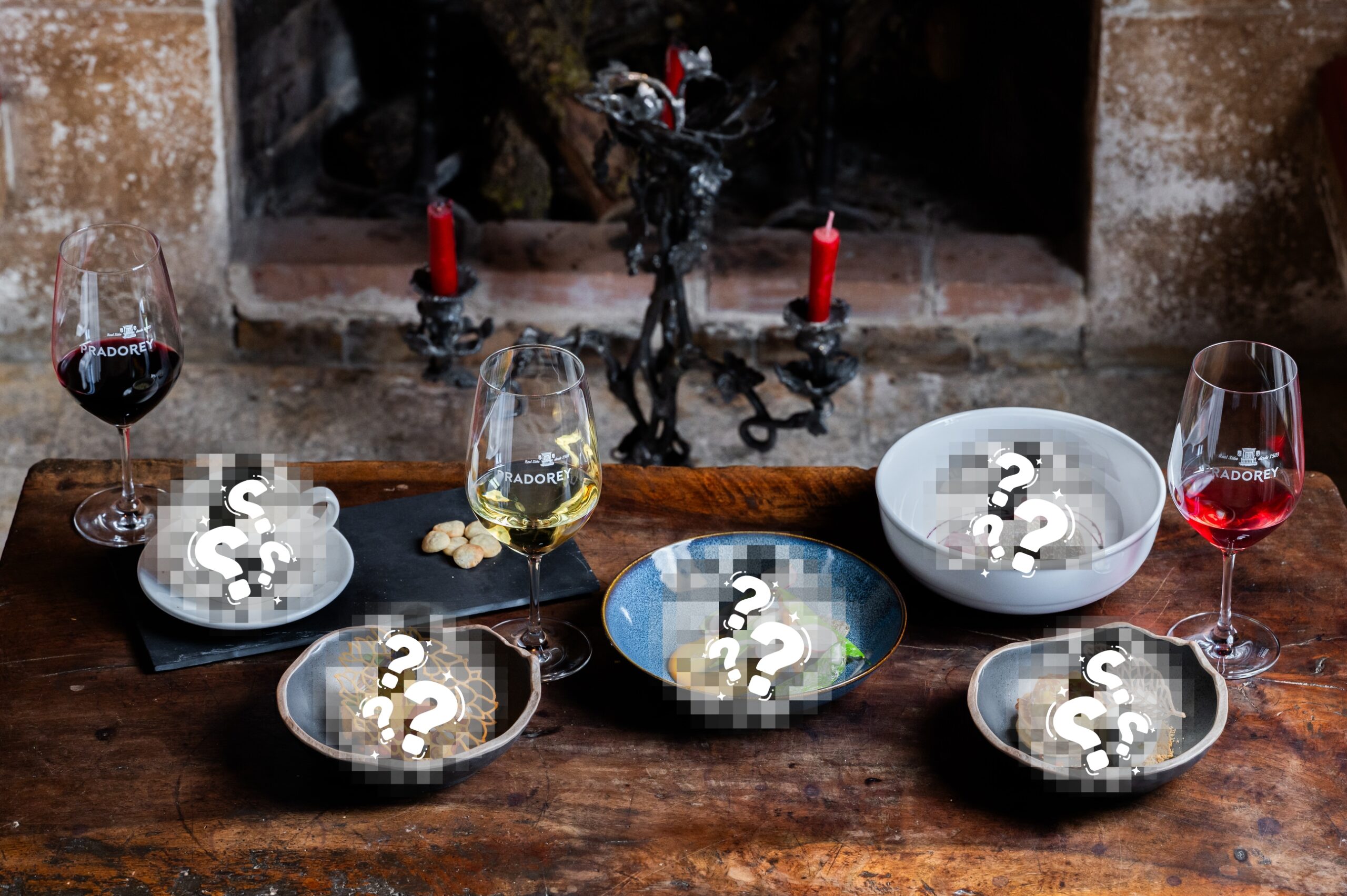
In Mediterranean culture, snacking is much more than eating: it’s a moment of connection, conversation, and shared pleasure. But behind every successful combination lies something
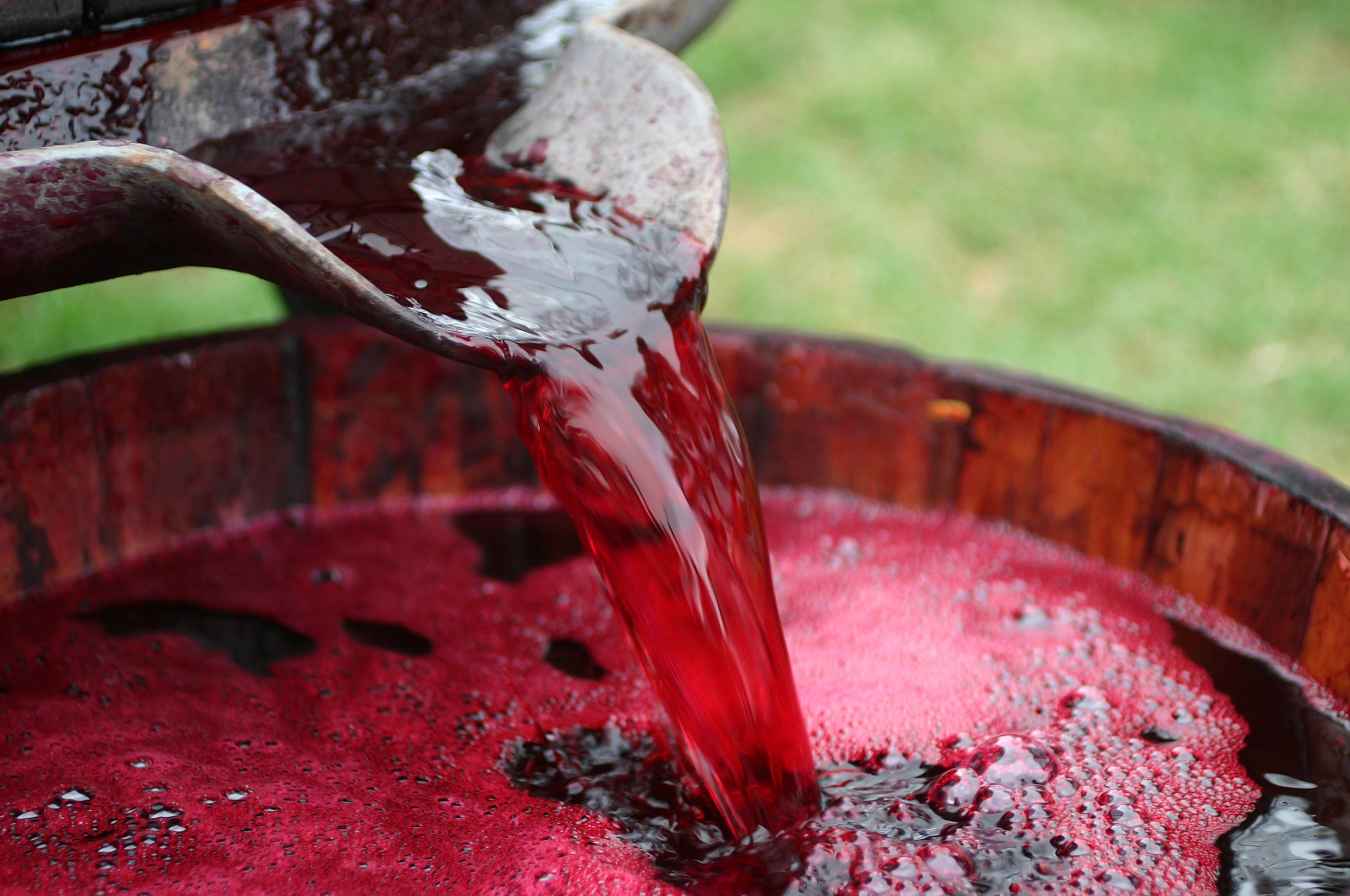
Wine is one of humanity’s oldest beverages. Since ancient times, it has been crafted by hand in homes, monasteries, and small family wineries. Today, technology
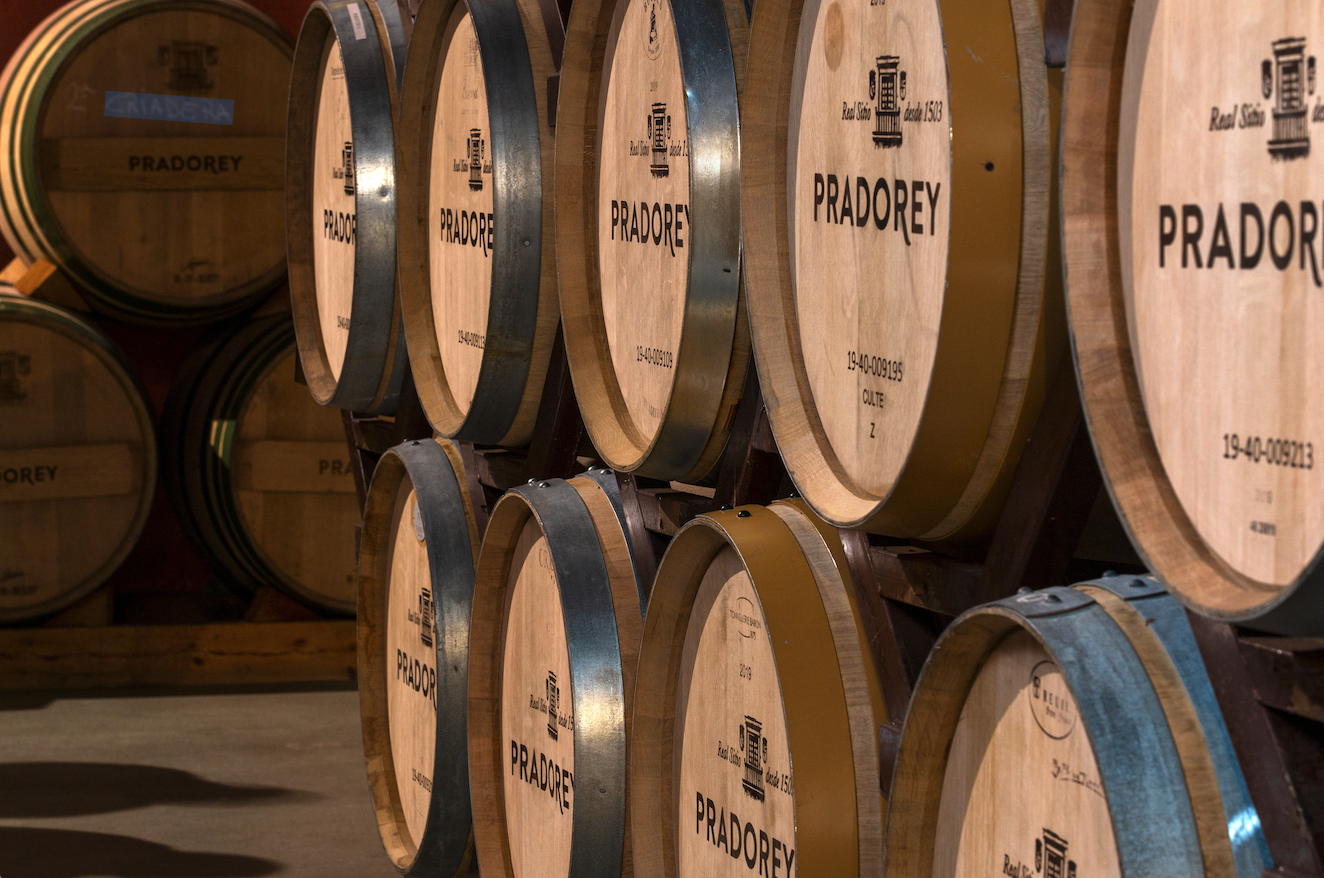
The use of oak barrels is one of the most important decisions in winemaking. Beyond the length of aging or the size of the cask,
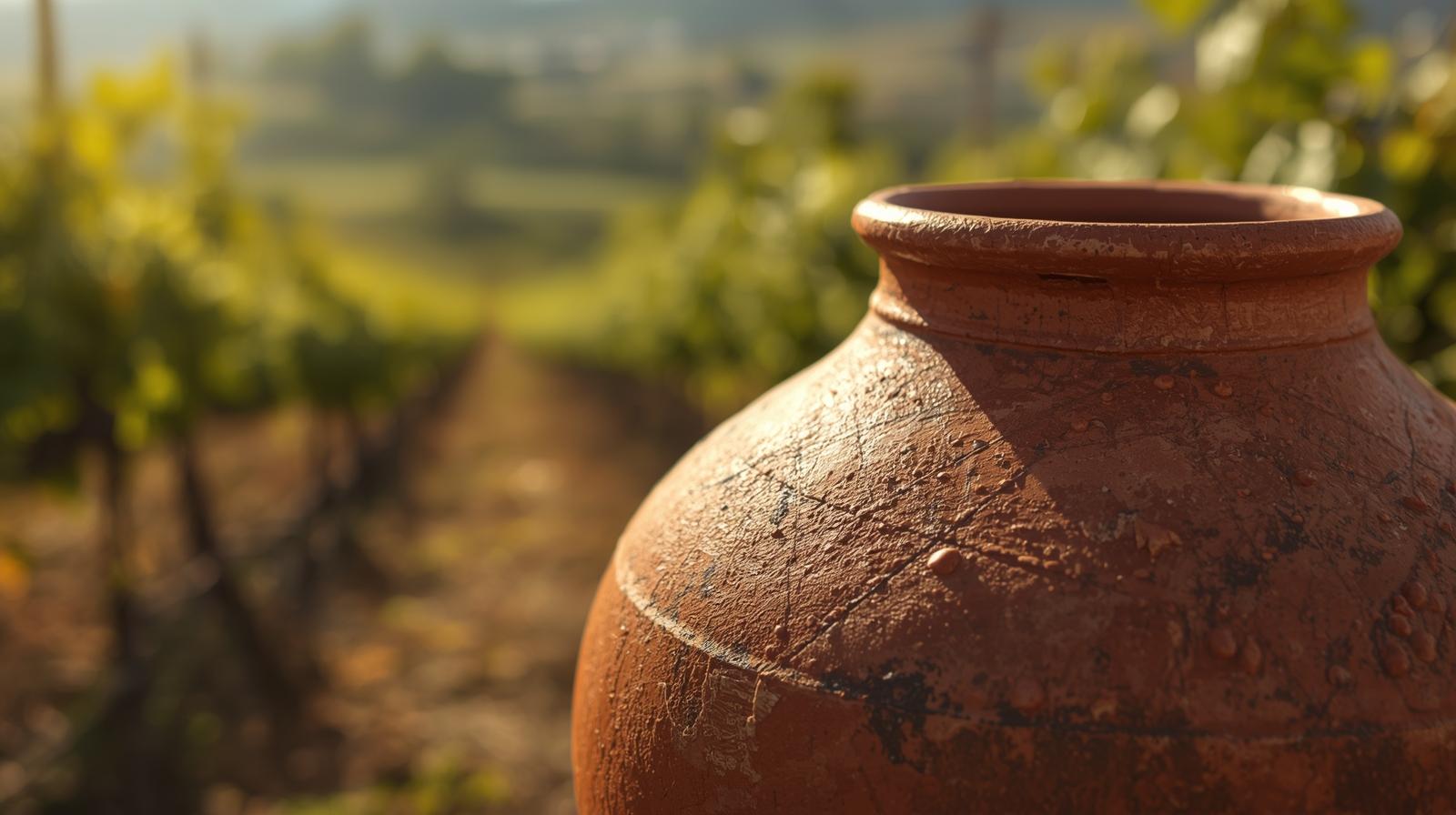
Although today we are used to wines produced in large wineries with cutting-edge technology, for centuries wine was essentially a household product. One of the
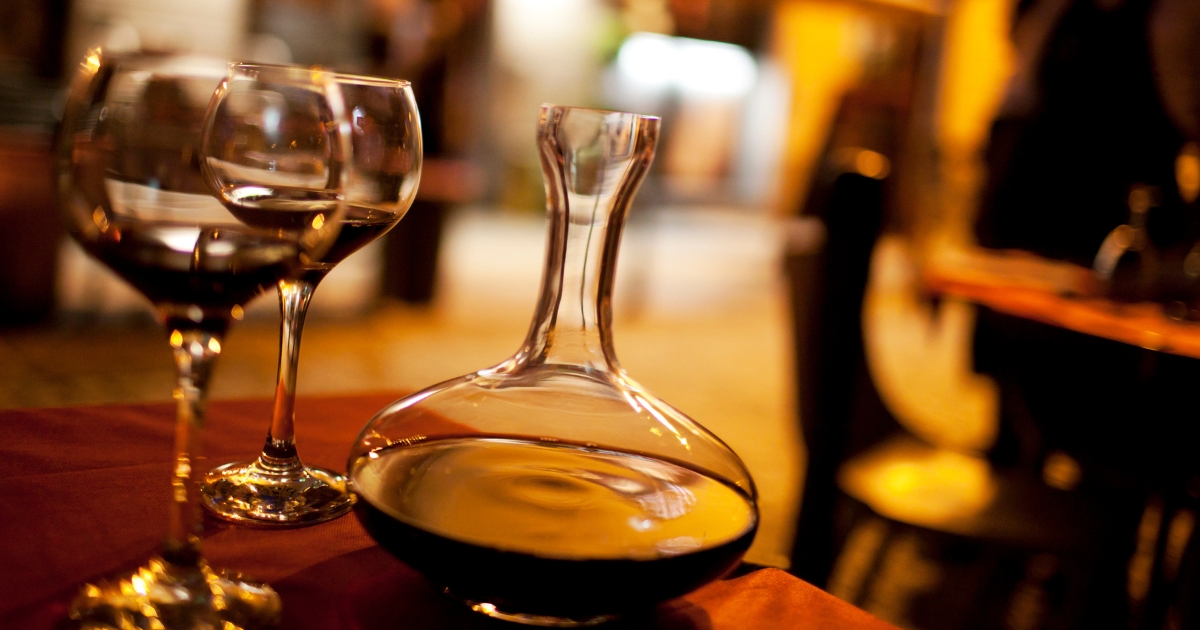
A wine decanter is one of those accessories many people associate with sophistication or with somewhat exaggerated rituals, but its use has a practical purpose
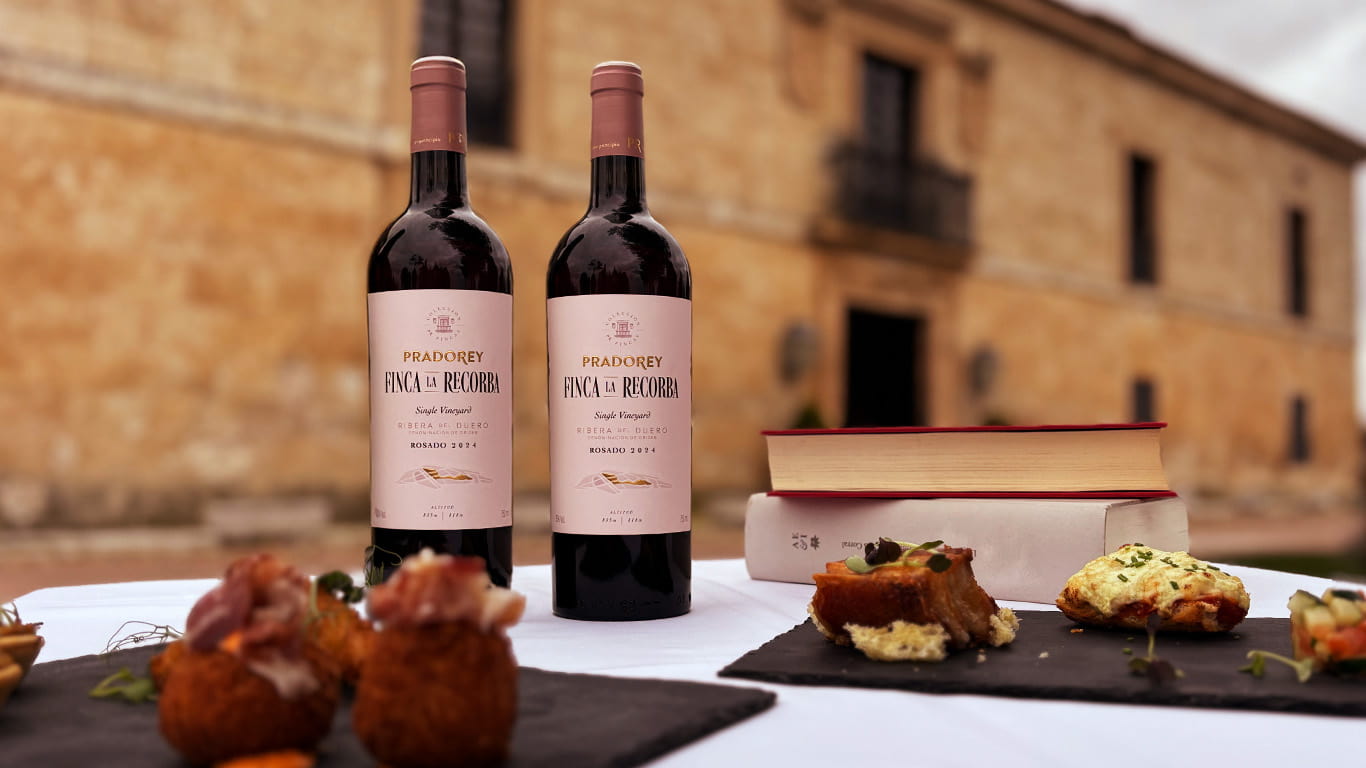
With the hot days that summer brings, our habits change almost without us noticing. We put away our coats, bring out the sunscreen, and look
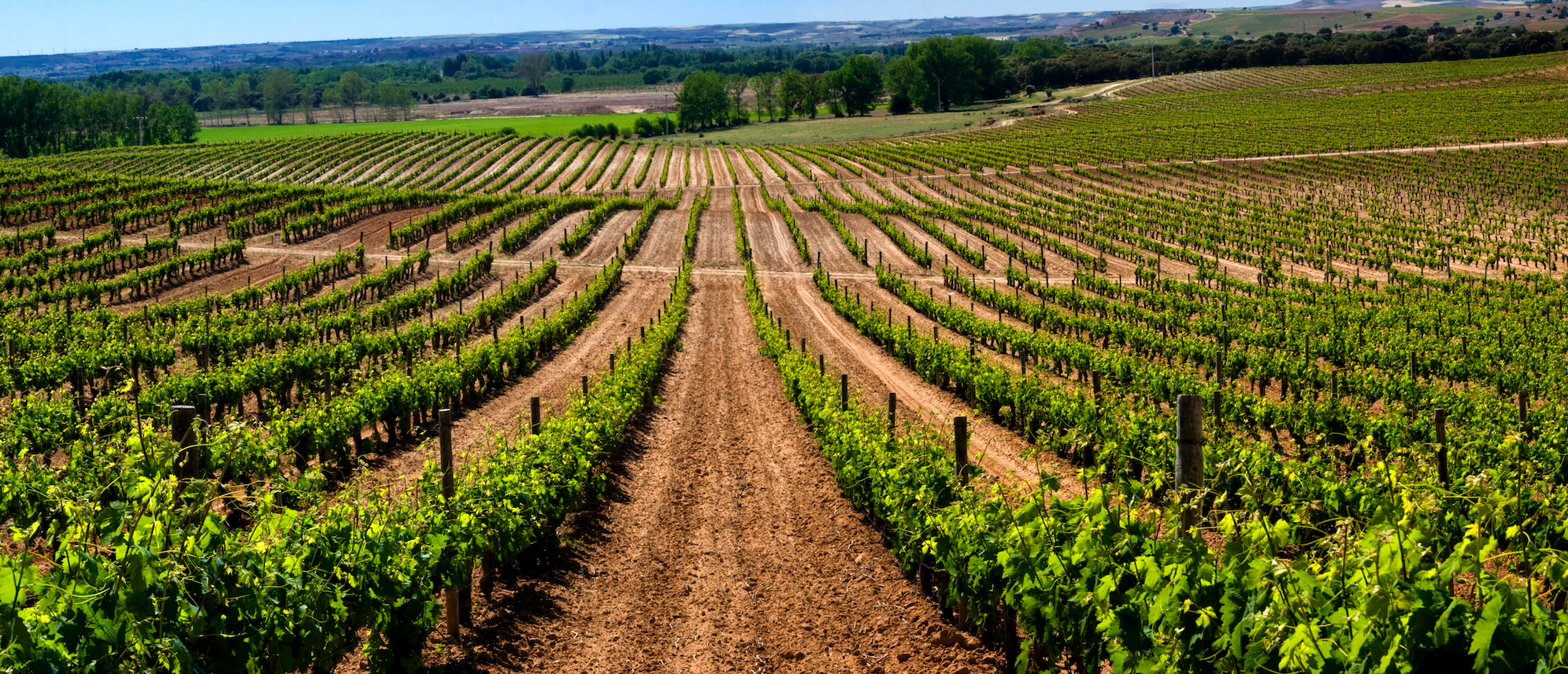
What is a “pago”?A vineyard or group of vineyards located in a specific place, with defined characteristics and its own name. And what is a
Shop
MOST READ: